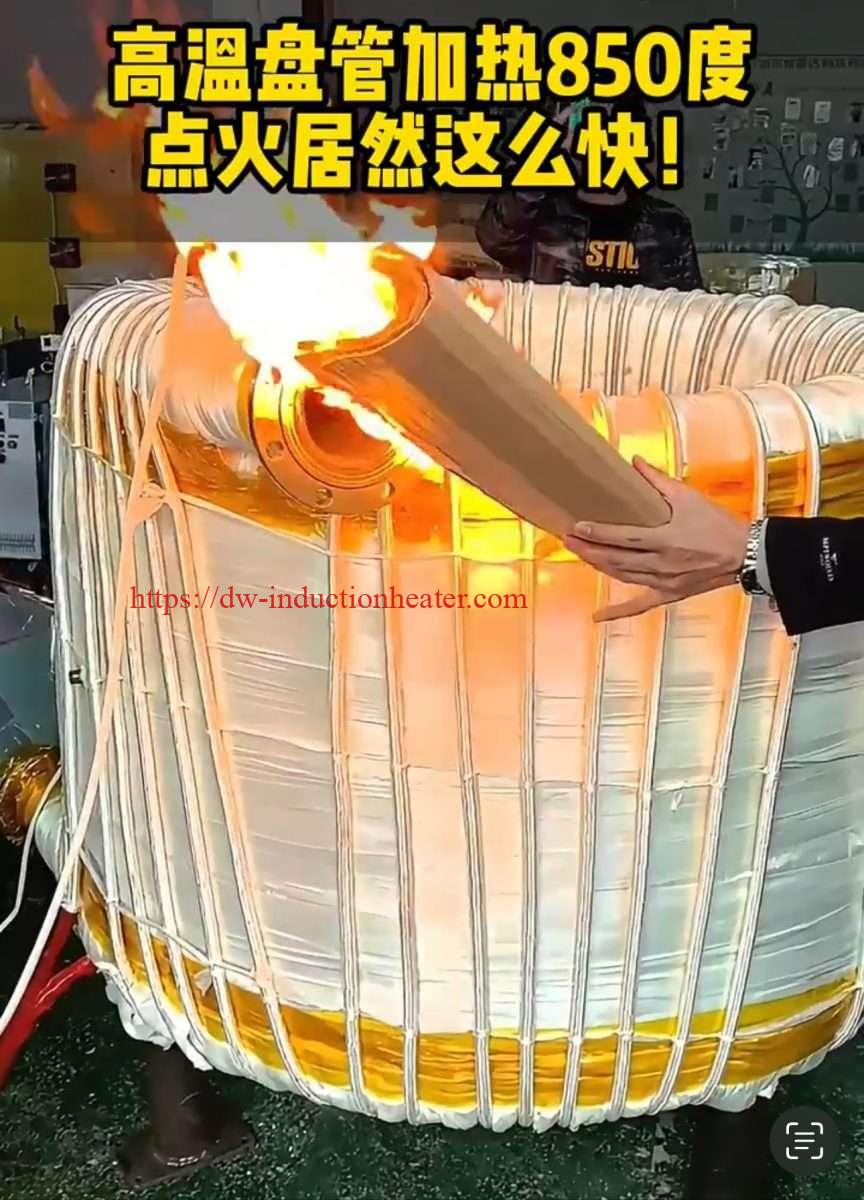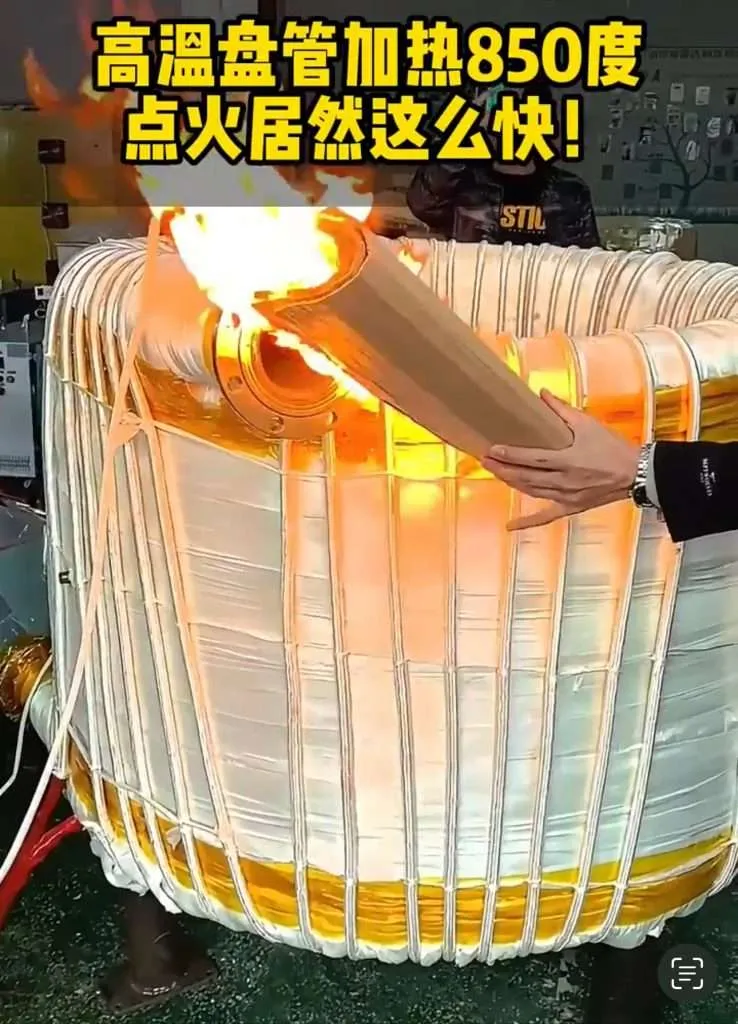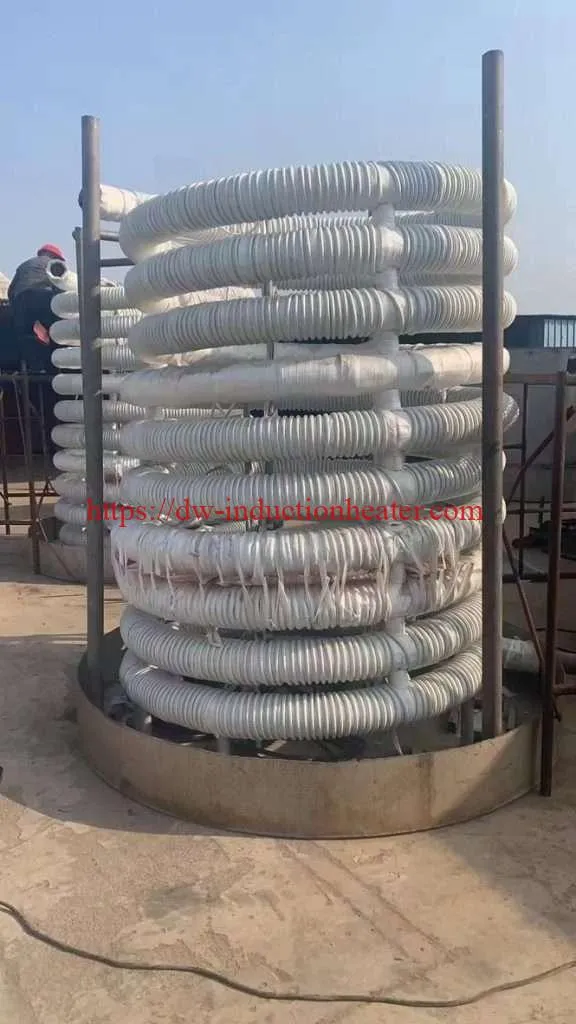
Unlocking the Potential of Combustion Exhaust Gases with Induction Heating
As the world continues to grapple with the challenges of climate change, energy efficiency, and sustainable development, innovative technologies are emerging to help mitigate these issues. One such technology is the combination of combustion exhaust gases with induction heating, a game-changing solution that can significantly reduce emissions, improve energy efficiency, and promote sustainable development.
What are Combustion Exhaust Gases?
Combustion exhaust gases are the byproducts of combustion processes, which involve the burning of fossil fuels such as coal, oil, and natural gas. These gases typically contain pollutants such as particulate matter (PM), nitrogen oxides (NOx), and volatile organic compounds (VOCs), which can have devastating effects on human health and the environment.What is Induction Heating?
Induction heating is a non-contact heating technology that uses electromagnetic fields to heat conductive materials. This technology has been widely used in various industries, including manufacturing, food processing, and medical treatment.The Benefits of Combining Combustion Exhaust Gases with Induction Heating
When combustion exhaust gases are combined with induction heating, the benefits are numerous:- Reduced Emissions: Induction heating can increase the temperature of exhaust gases, allowing for more efficient treatment of pollutants and reducing emissions.
- Improved Energy Efficiency: By recovering waste heat from exhaust gases, induction heating can improve overall system efficiency and reduce energy losses.
- Enhanced Combustion Efficiency: Induction heating can preheat fuel or air, leading to more complete combustion and reduced emissions.
- Power Generation: Induction heating can be used to generate electricity from waste heat, providing a new source of renewable energy.
Here is an expanded version of the section on applications of combustion exhaust gases with induction heating:
 Induction heating can be employed to increase the temperature of exhaust gases, enabling more efficient treatment of pollutants such as:
Induction heating can be employed to increase the temperature of exhaust gases, enabling more efficient treatment of pollutants such as:
APPLICATIONS OF COMBUSTION EXHAUST GASES WITH INDUCTION HEATING
The integration of combustion exhaust gases with induction heating has numerous potential applications across various industries, including: Exhaust Gas Treatment Induction heating can be employed to increase the temperature of exhaust gases, enabling more efficient treatment of pollutants such as:
Induction heating can be employed to increase the temperature of exhaust gases, enabling more efficient treatment of pollutants such as:
- Particulate Matter (PM): Induction heating can facilitate the oxidation of soot and other particulate matter, reducing emissions and improving air quality.
- Nitrogen Oxides (NOx): By increasing the temperature of exhaust gases, induction heating can enhance the reduction of NOx emissions through selective catalytic reduction (SCR) or other technologies.
- Volatile Organic Compounds (VOCs): Induction heating can aid in the thermal oxidation of VOCs, reducing emissions and minimizing environmental impact.
- Generate Additional Power: Recovered waste heat can be converted into electricity using technologies such as organic Rankine cycles (ORCs) or thermoelectric generators.
- Improve Overall System Efficiency: Waste heat recovery can increase the overall efficiency of combustion systems, reducing energy losses and minimizing fuel consumption.
- Preheating Fuel or Air: Induction heating can preheat fuel or air, leading to more complete combustion and reduced emissions.
- Improving Fuel Atomization: Induction heating can aid in the atomization of fuel, resulting in more efficient combustion and reduced particulate matter emissions.

- Power Electric Vehicles: Recovered waste heat can be converted into electricity to charge electric vehicles, reducing greenhouse gas emissions and dependence on fossil fuels.
- Support Grid-Scale Power Generation: Induction heating can contribute to grid-scale power generation by recovering waste heat from industrial processes and converting it into electricity.
The Future of Combustion Exhaust Gases with Induction Heating
As the world continues to transition towards a low-carbon economy, the demand for innovative technologies like combustion exhaust gases with induction heating is expected to grow. This technology has the potential to play a significant role in reducing emissions, improving energy efficiency, and promoting sustainable development.Conclusion
Combustion exhaust gases with induction heating is a game-changing technology that can significantly reduce emissions, improve energy efficiency, and promote sustainable development. With its diverse applications and numerous benefits, this technology is poised to play a major role in shaping a low-carbon future. https://dw-inductionheater.com/combustion-exhaust-gases-with-induction-heating.html?feed_id=254024&_unique_id=66b8c6af19fb9
https://dw-inductionheater.com/combustion-exhaust-gases-with-induction-heating.html?feed_id=254024&_unique_id=66b8c6af19fb9
